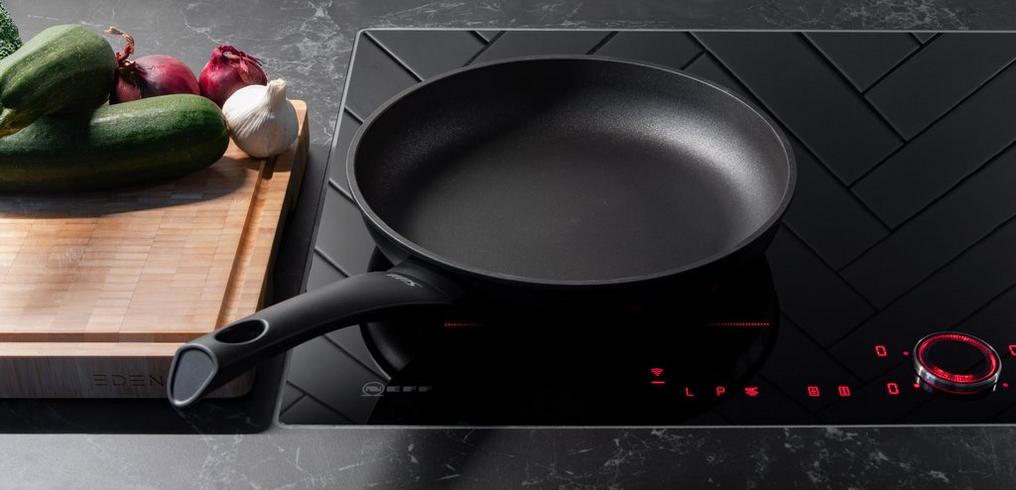Mastering Low Simmering with Cast Iron: A Guide for Barbecue Lovers
Written By James Morgan
For those who live and breathe barbecue, the journey towards the ultimate cooking experience often uncovers the enduring charm of cast iron. Esteemed for its remarkable heat retention and flavor enhancement, cast iron cookware has become a favorite among aficionados who cherish the slow and thoughtful art of cooking. So, what distinguishes cast iron as an exceptional choice for low simmering?
This guide takes you through the intricacies of utilizing cast iron for low simmering, highlighting its advantages, techniques, and the reasons it has become a beloved tool for many grilling enthusiasts. From its ability to distribute heat evenly to locking in rich flavors, cast iron stands as a versatile ally both in the kitchen and on the grill.

Why Opt for Cast Iron for Low Simmering?
A key reason why barbecue lovers prefer cast iron is its unmatched heat retention capabilities. When it comes to simmering, maintaining a stable temperature is essential, and cast iron is particularly adept in this area. Its robust walls and dense base ensure that heat is absorbed and spread evenly, allowing your dishes to reach peak perfection.
Additionally, cast iron withstands high temperatures, making it perfect for seamless transitions between stovetop and oven. Whether crafting a comforting pot of chili, creating a delicate sauce, or slow-cooking a hearty stew, cast iron offers the reliability needed for extended cooking times.
Techniques for Achieving Successful Low Simmering
To truly master cast iron for low simmering, a handful of techniques are worth mastering. First and foremost, its crucial to preheat your cookware adequately. Since cast iron tends to take time to warm up, patience is key. Allow your pot or skillet to gradually reach the desired temperature to prevent hot spots and ensure an even simmer.
You might also consider using a diffuser when simmering on a gas stovetop. This handy accessory distributes the flame evenly and minimizes direct heat, helping to maintain a consistent, gentle simmer.
If youre using induction cooktops, confirming that your cast iron cookware is compatible is essential. Most cast iron pieces work wonderfully with induction, leveraging magnetic fields for efficient heating. For more details on compatibility, check out this resource on Amazon Basics Cookware.
Taking Care of Your Cast Iron Cookware
To keep your cast iron in top shape, proper maintenance is critical. After each cooking session, its important to clean your cookware thoroughly to avoid food residue and rust issues. Interestingly, mild soap can be utilized, but remember to steer clear of soaking your cast iron for too long.
Seasoning your cookware is also a vital part of its upkeep. Applying a thin layer of oil and baking it creates a non-stick surface that improves overall performance. Regular seasoning not only safeguards the metal but also deepens the flavor profile of your dishes over time.
Exciting Recipes for Low Simmering
One of the joys of employing cast iron for low simmering lies in the multitude of recipes it accommodates. From traditional beef stews and fragrant curries to luscious tomato sauces and indulgent desserts, the options are limitless. Experimenting with various ingredients and flavor combinations can lead to delightful culinary surprises.
For barbecue fans, smoked meats and slow-cooked beans are popular favorites, as cast iron serves as the perfect vessel to meld flavors and achieve that tender, melt-in-your-mouth finish.

Enhancing Your Barbecue with Cast Iron
Beyond indoor cooking, cast iron can add a new dimension to your outdoor barbecue. Its heat-retaining capabilities make it a fantastic option for cooking over an open flame or a grill. Consider employing a cast iron Dutch oven for campfire meals or a skillet for grilling fresh vegetables and meats.
Ultimately, the adaptability and consistency of cast iron make it a treasured asset for anyone looking to enrich their barbecue experience. By mastering low simmering, you can create flavorful and memorable dishes that are sure to impress family and guests alike.
Frequently Asked Questions
What foods are best cooked in cast iron?
Cast iron works beautifully for a range of dishes, including stews, sauces, roasts, and baked treats. Its ability to maintain even heat makes it particularly suitable for leisurely, slow-cooked meals.
How can I prevent rust on my cast iron cookware?
To avoid rust, make sure your cast iron is completely dried after washing and regularly seasoned. Avoid prolonged soaking and always store it in a dry environment.
Can cast iron be used with an induction cooktop?
Absolutely! Most cast iron cookware is compatible with induction cooktops. For more information, check this link from Le Creuset.



